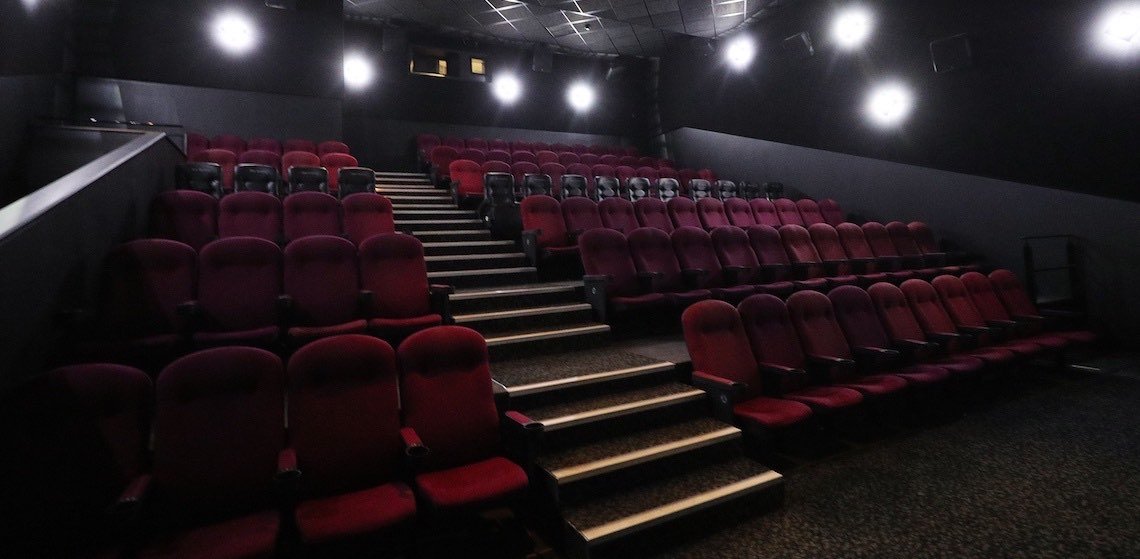Disney’s decision to release Mulan on their digital platform, Disney+, was unexpected to some and predicted by others. However, what has shocked many is Disney’s decision to charge an extra $29.99 to view the live action remake, equivalent to £22.00 in the UK. The pandemic, which has forced people to stay in their homes and avoid the cinema, has strained the already fragile exhibition industry. How did this decision come into fruition, and is this a window into the future of blockbuster releases?
Covid ceases cinemagoing
Preceding the pandemic, the main draw for cinemagoers was the blockbusters rewarding an audience with an unmissable experience on the silver screen. These may have included superhero ensemble movies, sequels, remakes and, surprisingly, horrors. 2020 was looking to be similar as several blockbusters gained a reliable profit. The superhero movie, Birds of Prey, grossed $201 million. Bad Boys for Life, a sequel, is the top grossing movie of this year, gaining over $400 million worldwide. The horror movie, The Invisible Man, grossed over 18 times its budget.
All these movies saw delays in their release. No Time To Die changed from April to November. Black Widow has pushed back Marvel’s slate of releases to 2021 and 2022. Wonder Woman 1984 had its release date moved from June to August, and then August to October. And finally, Tenet has been delayed three times but is hoping to debut at the end of August.
At the time of writing, these once guaranteed blockbusters are hoping to release in cinemas once the pandemic eases and the restrictions demonstrate that cinemas are safe spaces. Cinemas have gradually reopened and are showcasing some of the most successful films ever made to account for the spaces in the release calendar, such as Jurassic Park and The Empire Strikes Back. Cinemas are clearly relying on classic films that possess a guaranteed audience.
Digital Profit
Despite the lack of new releases into cinemas worldwide, some distributors have made the decision to release their films onto video on demand (VOD) platforms. Pre-pandemic, this would signify that the distributor could not find room in the film calendar, it lacked in quality, or was profitable at the cinema and would continue its income. VOD platforms have an advantage during the pandemic as they can provide entertainment to furloughed and shielded people, especially when we were discouraged from leaving the house. And this worked. Disney+ debuted the filmed showing of Hamilton on July 4th which led to an increase in Disney+ app downloads by 72% that weekend. VOD platforms may be the way forward.
Early 2020 theatrical releases are now available to rent or buy on VOD platforms – some days or weeks after their theatrical debut. This included The Invisible Man, Onward and Bloodshot, the latter of which was made available to buy digitally 11 days after its debut. However, some films have been moved to VOD releases, with theatrical debuts to happen in safer circumstances. Scoob! was due to have a theatrical release on the 15 May, which evolved to a digital release on the same date. Universal’s release schedule has changed completely after the decision to release Trolls World Tour both in theatres and digitally in April, becoming their most successful digital release to date. This led to events that have changed their release window format for the future, such as The King of Staten Island which debuted only on VOD.
Some distributors are realising they may gain a profit when releasing digitally which does not help cinemas, who are currently facing an amalgamation of problems influenced by the pandemic. They are competing with the cinemagoer’s fear of contracting coronavirus and the enforcing of social distancing. If a major blockbuster like No Time To Die had a sold out midnight release, restrictions could be difficult to enforce and ticket availability would be reduced to account for social distancing measures. Currently, it would be incredibly difficult for a blockbuster theatrical release to gain a profit, or to break even. It seems distributors are seeing the restrictions (masks, screens, sanitising stations) as an economic pitfall, so are looking at other means for now.
Mulan’s Move to a Digital Release
This seems to be the viewpoint that Disney have taken considering the release of Mulan, which is following Universal by releasing their film on a VOD service. After two delays to the original March 27 release, the decision was made to release Mulan on Disney+ in September. This method has proved to be profitable for Universal, but for Disney it is still a big gamble. The power of Disney’s live-action Intellectual Property (IP), such as The Lion King and Beauty and the Beast, infer that Mulan would be a guaranteed success at the box office. Nevertheless, cinemas may have reopened in July but they have not proved to generate a guaranteed profit for films. On the weekend beginning the 31st July, the U.S. box office only managed to earn over $5 million across 1,300 theatres. It could be argued this has resulted from the lack of blockbuster theatrical releases in recent weeks. But much of this income was from rereleases of classic movies. The Goonies was the second highest grossing film of that week.
Therefore, Disney’s solution to losing money at the box office is to rent Mulan on Disney+. For £22.
As evident from other VOD platforms such as Universal, Disney will need to charge a fee for those who already subscribe to their digital platform. This is because the profits the Disney Corporation gain from Disney+ alone will not replace the losses that come with deciding on a digital release. Therefore, to maximise their profit, the expensive price may account for the amount a family would normally pay to see Mulan in cinemas. This decision capitalises on the collective fear of a COVID infested cinema, and a reluctance for many to expose their children, and themselves, to a dangerous environment.
But is this decision warranted?
Cinemas are doing all they can to ensure a safe environment. As far as I could see there has been no evidence of any outbreaks in cinema spaces. Many independent cinemas such as the Prince Charles in London are not opening their doors until October and have been relying on public donations to stay afloat. Yet there is still a reluctance for distributors to screen their films in cinemas, and now they have witnessed the capability of an audience who wants to stay home and rent their films on VOD platforms. Distributors can capitalise on this without paying the exhibition fees that cinemas charge.
Which makes a £22 fee seem outlandish.
Mulan needs to make record-breaking digital viewing numbers to break even. Disney will need to attract new subscribers for Disney+ to gain a profit, as it is not guaranteed that every Disney+ subscriber will pay an extra fee to watch Mulan on the platform. This price tag may be necessary for Disney to profit from Mulan, but the fee that is either equivalent to, or more than, the price of tickets at the cinema. It seems a lot to ask of an audience when none of the sales are going to the exhibitors.
Disney must be in a precarious position to consider a digital release over delaying the film beyond the summer blockbuster season. They have assured many that this is a one-off digital release and will not continue this with their upcoming schedule. But it is also a trial run to see whether they can gain a profit. Even if it is nowhere near what they could have achieved pre-pandemic, it does highlight the incredibly strange times we are living in. Clearly the coronavirus is not the only risk cinema spaces are faced with.
‘Premieres in the Pandemic: Is Virtual the New Normal?’ is an article written by Niamh Claydon-Mullins. You can find more writing and information about Niamh on his Website.

